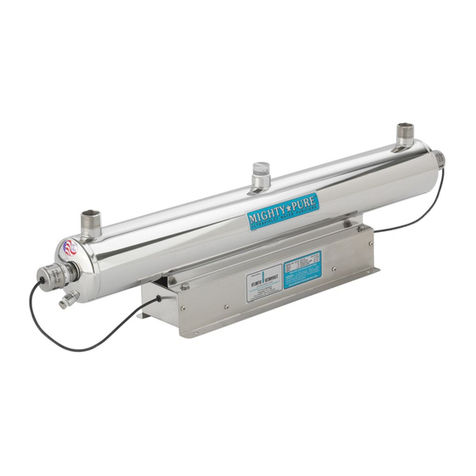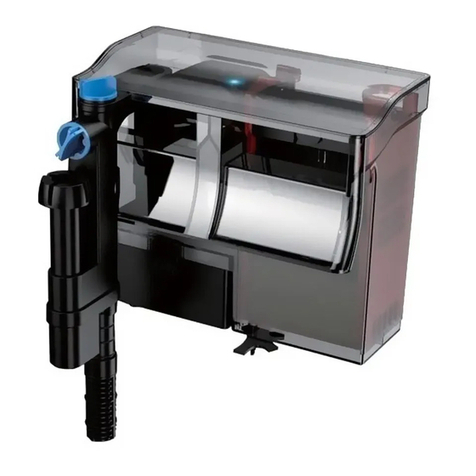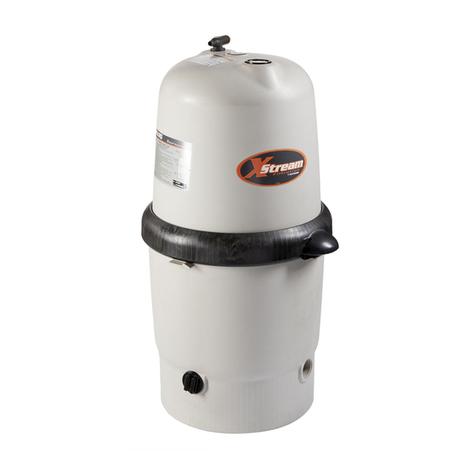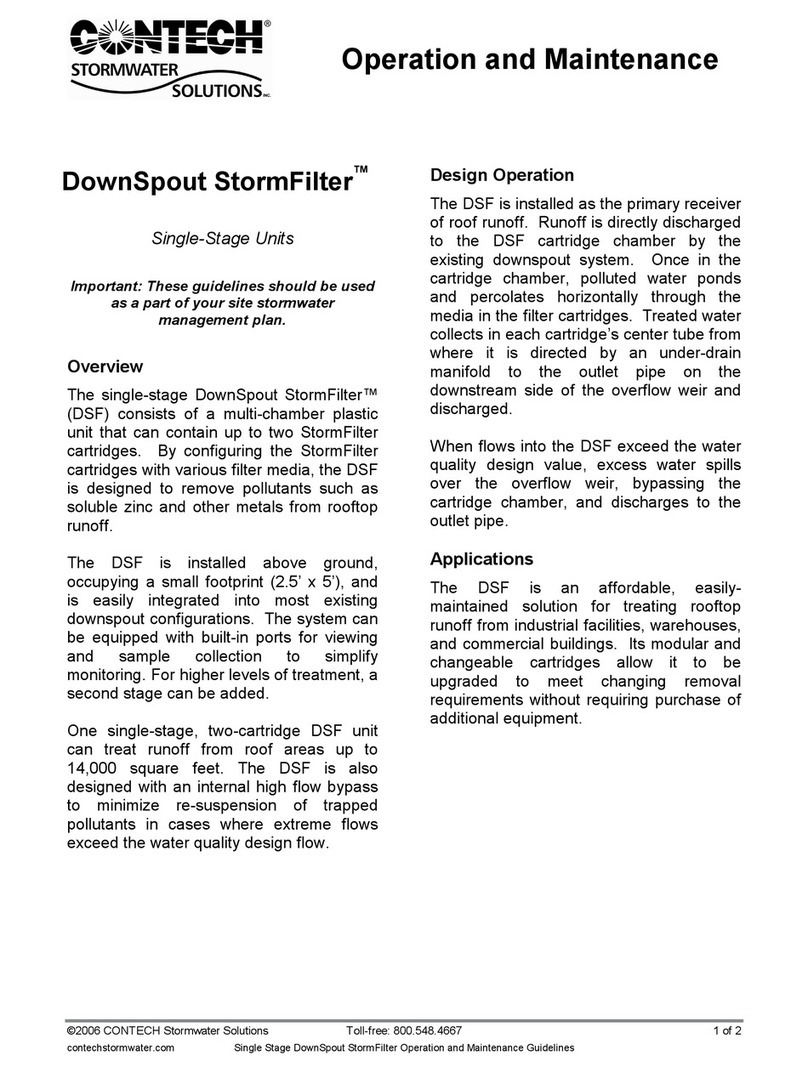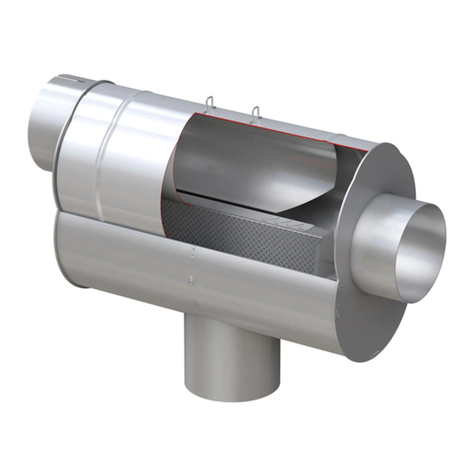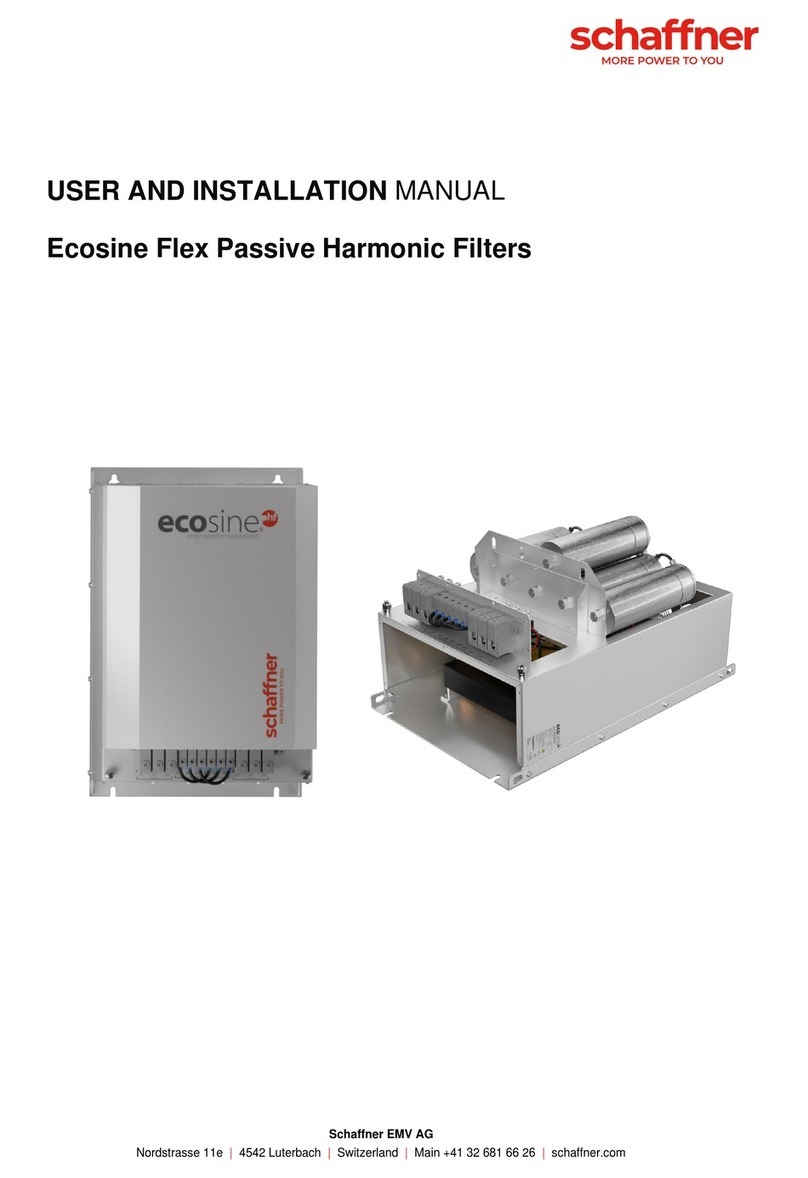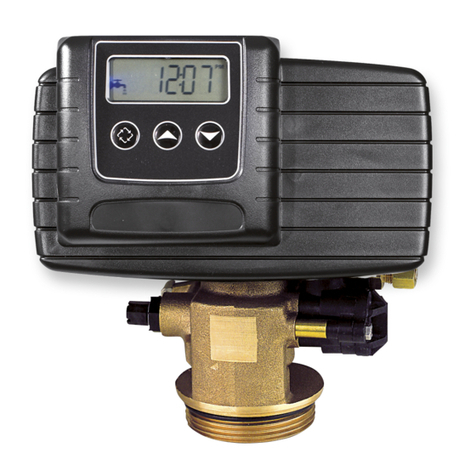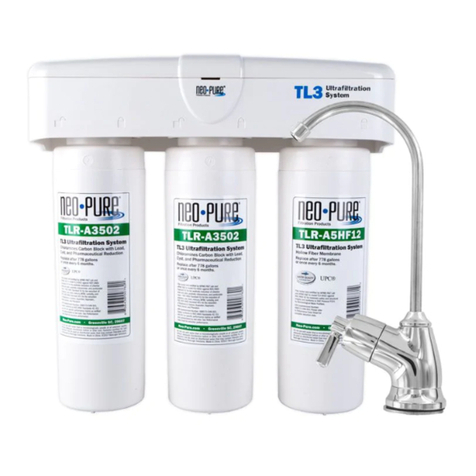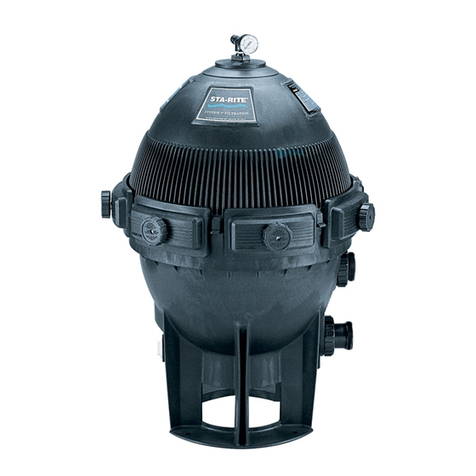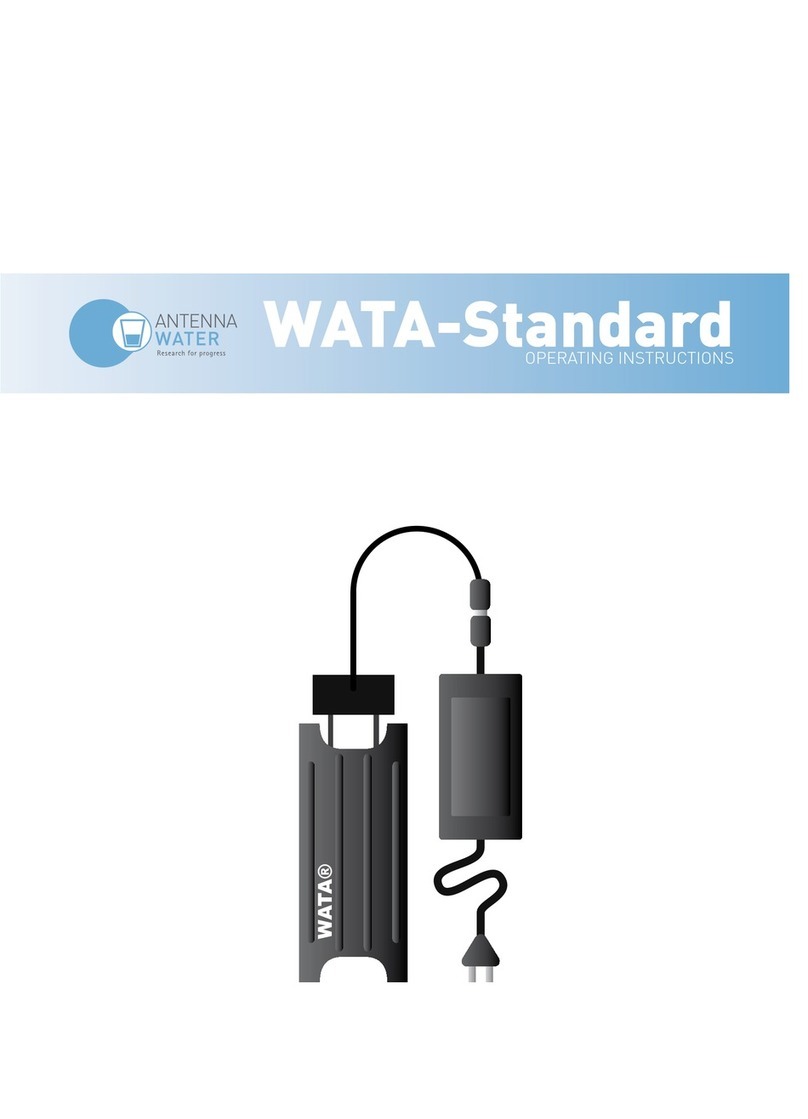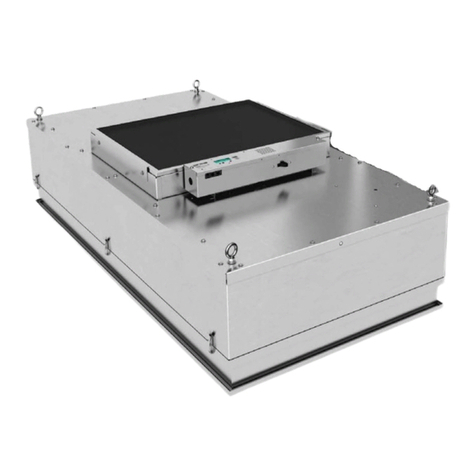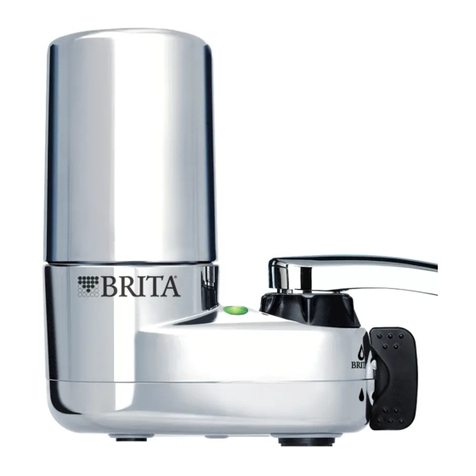
Original operating instructions particle separator Zumikron 3
CONTENTS
1 Overview .....................................................................4
2 Information on the operating instructions........................5
2.1 General information....................................................................................5
2.2 Operating instructions .................................................................................5
2.3 Symbols, abbreviations, terms......................................................................5
2.4 Symbolerklärung........................................................................................5
2.5 Haftungsbeschränkung................................................................................5
2.6 Kundendienst.............................................................................................5
2.7 Einbauerklärung.........................................................................................5
2.8 Urheberschutz............................................................................................5
2.9 Normen und Richtlinien ...............................................................................5
2.4 Explanation of symbols ...............................................................................6
2.5 Limitation of liability ...................................................................................7
2.6 Customer service........................................................................................7
2.7 Declaration of incorporation .........................................................................7
2.8 Copyright..................................................................................................7
2.9 Standards and directives..............................................................................7
3 Safety..........................................................................7
3.1 Intened use...............................................................................................7
3.2 Foreseeable misuse ....................................................................................7
3.3 Responsibilities ..........................................................................................8
3.3.1 Responsibilities of the operator..................................................................8
3.3.2 Responsibilities of the staff .......................................................................8
3.4 Staff requirements......................................................................................8
3.4.1 Qualication requirements ........................................................................8
3.4.2 User requirements ...................................................................................9
3.4.3 Instruction..............................................................................................9
.....................................................................................................................9
3.4.4 Unauthorized individuals.........................................................................10
3.5 Personal protective equipment....................................................................10
3.6 Residual risks...........................................................................................10
3.6.1 Risks due tomechanical hazards...............................................................10
3.6.2 Risks due toelectric hazards ....................................................................10
3.6.3 Risks due tothermal hazards ...................................................................11
3.6.4 Risks due tomaterials andsubstances........................................................11
3.6.5 Risks due to neglecting ergonomic principles..............................................12
3.6.6 Risks due to the operational environment..................................................12
3.7 Spare parts, supply and use.......................................................................12
3.8 Fire safety...............................................................................................12
3.9 Safety devices .........................................................................................13
3.10 Securing against restarting.......................................................................13
3.10.1 Measurement technology .....................................................................14
3.11 Signage................................................................................................14
3.12 Behaviour in the event of danger and accidents...........................................16
3.13 Environmental protection.........................................................................16
4 Transport....................................................................17
4.1 Safety instructions for transport..................................................................17
4.2 Transport inspection..................................................................................17
4.3 Transport symbols.....................................................................................17
4.4 Transport and storage................................................................................18
5 Zumikron Outdoor.......................................................19
5.1 Technical data Zumikron Outdoor................................................................19
5.1.1 Dimensioned drawing.............................................................................19
5.1.2 General information...............................................................................21
5.1.3 Connected loads....................................................................................21
5.1.4 Technical values ....................................................................................21
5.1.5 Performance values ...............................................................................21
5.1.6 Operating conditions..............................................................................21
5.2 Structure and function of the Zumikron Outdoor............................................22
5.2.1 Module overview...................................................................................22
5.2.2 Description of the assemblies and components...........................................22
5.2.3 Functional description.............................................................................23
5.3 Assembly and installation Zumikron Outdoor.................................................23
5.3.1 Safety instructions for assembly, installation and commissioning...................23
5.3.2 Installation approval ..............................................................................24
5.3.3 Before installation .................................................................................24
5.3.4 Installation ..........................................................................................25
5.3.4.1 Single-wall T-piece installation (EW)......................................................25
5.3.4.2 Installation of double-walled T-piece (DW)..............................................26
5.3.4.3 Installation of particle separator............................................................26
5.4 Commissioning Zumikron Outdoor...............................................................28
5.4.1 Before initial commissioning....................................................................28
5.4.2 Initial commissioning .............................................................................28
5.5.1 Safety instructions for operation ..............................................................28
5.5.2 Operation of particle separator.................................................................29
5.5.2.1 Switching on .....................................................................................29
5.5.2.2 Switching off.....................................................................................29
5.5.3 Shutting down in an emergency ..............................................................30
6 Maintenance ...............................................................30
6.1 Safety Instructions Maintenance .................................................................30
6.2 Maintenance work....................................................................................31
6.2.1 Inspection and maintenance schedule.......................................................31
6.3 Maintenance protocol................................................................................33
7 Decommissioning.........................................................34
7.1 Temporary shutdown.................................................................................34
7.2 Final decommissioning, disposal.................................................................34
8 Malfunctions...............................................................34
8.1 Safety instructions for troubleshooting.........................................................34
8.1.1 Safety requirements...............................................................................34
8.1.2 Handling malfunctions............................................................................35
8.2 Malfunction table .....................................................................................36
8.3 Malfunction protocol.................................................................................36
8.3.1 Repairs................................................................................................36
9 Appendix....................................................................37
9.1 Commissioning protocol – Declaration of compliance.....................................37
10 List of gures ...........................................................38
11 List of tables ............................................................38
12 List of modications..................................................39
13 Index .......................................................................40
